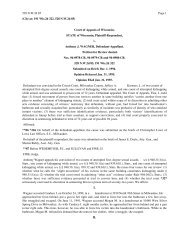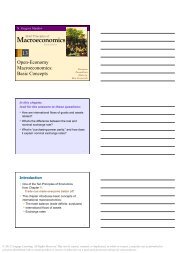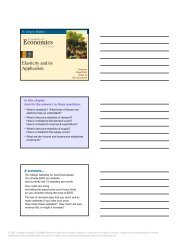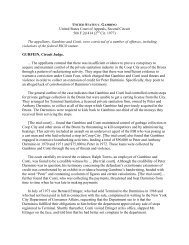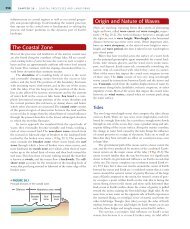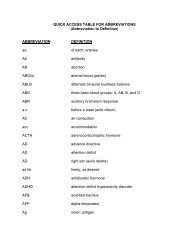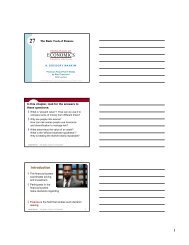Simulink Tutorial on Digital Modulation Methods - Cengage Learning
Simulink Tutorial on Digital Modulation Methods - Cengage Learning
Simulink Tutorial on Digital Modulation Methods - Cengage Learning
You also want an ePaper? Increase the reach of your titles
YUMPU automatically turns print PDFs into web optimized ePapers that Google loves.
13.6. QUADRATURE PHASE-SHIFT KEYING (QPSK) 611<br />
Figure 13.69: Cos carrier parameter window<br />
13.6.2 Phase and Frequency Offset<br />
Figure 13.70: Sin carrier parameter window<br />
We now encounter demodulati<strong>on</strong> with phase and frequency mismatch for QPSK with<br />
square-root raised-cosine pulses. Reduce the noise variance to the smallest value and<br />
open the Receiver model.<br />
Phase Offset<br />
Double-click <strong>on</strong> the <str<strong>on</strong>g>Simulink</str<strong>on</strong>g> block of the cos carrier at the receiver. The parameter<br />
window is displayed. Introduce a phase offset of ϕ = π/8 in both quadrature comp<strong>on</strong>ents,<br />
as shown in Figures 13.69 and 13.70 (u denotes the frequency). Restart the<br />
simulati<strong>on</strong>. The signal-space diagrams and eye patterns at the receiver are depicted in<br />
Figures 13.71 to 13.74.<br />
Figure 13.71: Receiver trajectory for<br />
QPSK with phase offset<br />
Figure 13.72: Receiver scatter plot for<br />
QPSK with phase offset<br />
© 2013 <strong>Cengage</strong> <strong>Learning</strong>. All Rights Reserved. May not be scanned, copied or duplicated, or posted to a publicly accessible website, in whole or in part.



